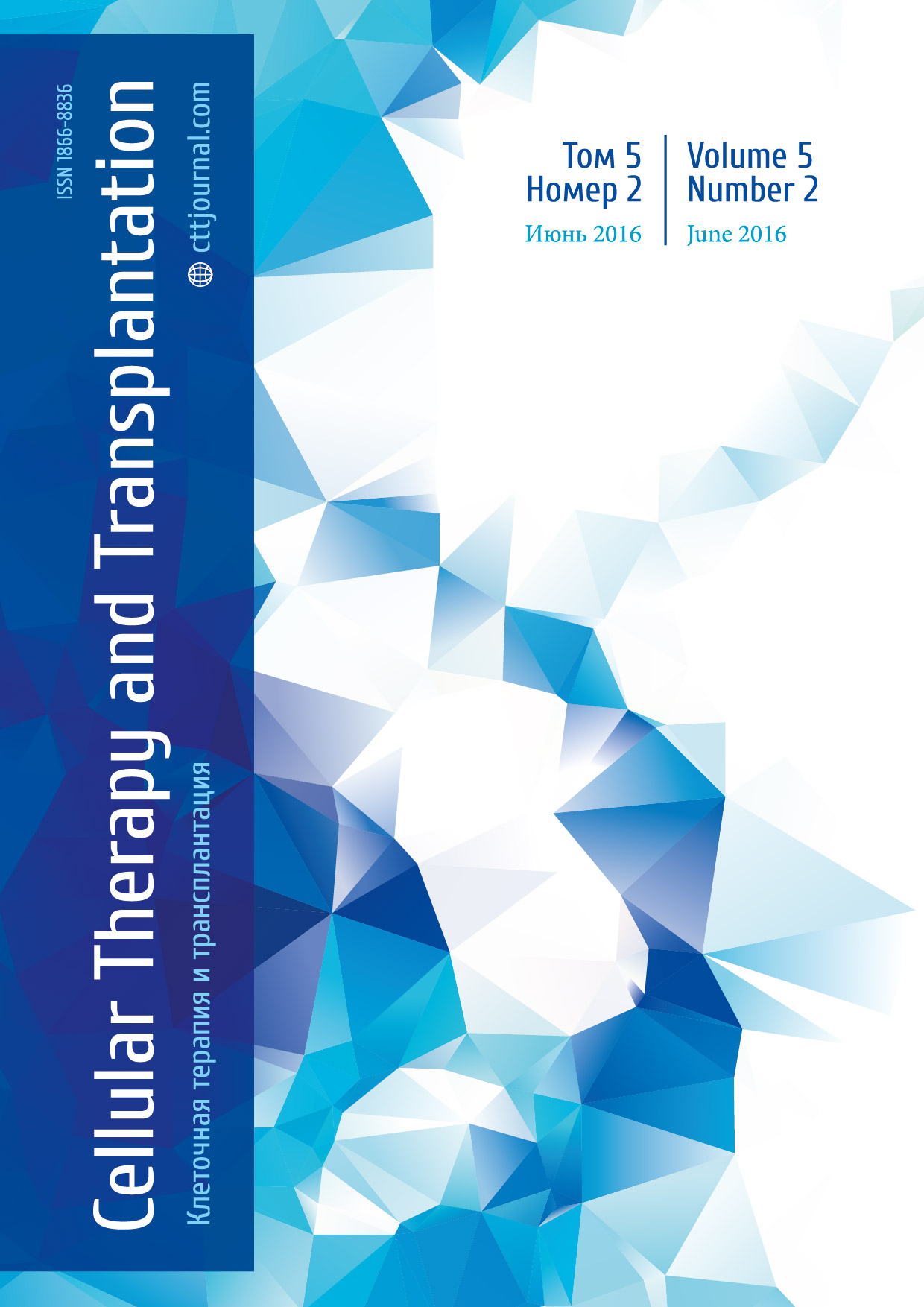
Editor-in-Chief
Afanasyev B. V. (St. Petersburg, Russia)
Co-Editors-in-Chief
Wagemaker G.(Rotterdam, Netherlands)
Zander A.R. (Hamburg, Germany)
Deputy Editor
Fehse B. (Hamburg, Germany)
Managing Editor
Chukhlovin A. B.(St. Petersburg, Russia)
Editorial Board
Aleynikova O. V. (Minsk, Belarus)
Borset M. (Trondheim, Norway)
Büchner Th. (Münster, Germany)
Chechetkin A. V. (St. Petersburg, Russia)
Fibbe W. (Leiden, Netherlands)
Galibin O. V. (St. Petersburg, Russia)
Hölzer D. (Frankfurt a.M., Germany)
Klimko N. N. (St. Petersburg, Russia)
Kolb H.-J. (München, Germany)
Kröger N. (Hamburg, Germany)
Kulagin A. D. (St. Petersburg, Russia)
Lange C. (Hamburg, Germany)
Mamaev N. N. (St. Petersburg, Russia)
Mikhailova N. B. (St. Petersburg, Russia)
Moiseev I. S. (St. Petersburg, Russia)
Nagler A. (Tel-Aviv, Israel)
Nemkov A. S. (St. Petersburg, Russia)
Paramonov I. V. (Kirov, Russia)
Roumiantsev A. G. (Moscow, Russia)
Savchenko V. G. (Moscow, Russia)
Smirnov A. V. (St. Petersburg, Russia)
Uss A. L. (Minsk, Belarus)
Zubarovskaya L. S. (St.Petersburg, Russia)
Editorial Council
In this Issue
Alexey B. Chukhlovin
This issue of CTT begins with a mini-review by Joel Glover who presents a current view on the stem cell seeding and growth in 3D-cultivation systems. The newly developed artificial or natural substrates allow of supporting morphological and functional integrity of specialized cells, including haematopoietic cell populations. Sufficient attention is given to technical issues of 3D bioprinting which is a “hot point” of modern biotechnology. This approach is quite promising, e.g., for in vitro studies of hematopoietic microenvironment, like as for design of artificial organs.
Next article (S.Bondarenko et al.) deals with different factors affecting post-transplant survival and relapse rates in patients with acute lymphoblastic leukemia. Of sufficient interest are the single-center data concerning efficiency of donor lymphocyte infusions post allo-HSCT, including a large series of haploidentical transplantations.
An analytical review by E. Morozova et al., together with presentation of two clinical cases of primary myeloproliverative disease (MPD) is dedicated to search for optimal treatment regimens for this chronic fatal disorder which was incurable until last years, including Lenalidomide or pegylated interferons. Recently, Ruxolitinib and other JAK2 inhibitors have been proposed for targeted therapy, either alone, or as a supplemental treatment to allogeneic HSCT procedure.
A team of heart surgeons (A. Nemkov et al.) has a 12-year experience in cellular therapy of coronary artery disease with local infusions of autologous bone marrow cell (ABMC). They note that the favorable cardiac effect of the treatment fades away 3-4 years later. Repeated ABMC injections cause additional positive actions in term of functional improvement of myocardium, thus presuming possible correction of endothelial dysfunction in cardiac tissues.
An article by M. Shaheen et al. reports additional adverse effects of increased pre-transplant serum ferritin upon general survival and complication rates in the patients undergoing HSCT. These data of a single-center study are in accordance with similar works performed worldwide showing, e.g., increased rates of infectious conditions, however, without correlations with graft-versus-host-disease incidence.
A study by C. Lange et al. presents a summary of effects produced by the bone marrow-derived mesenchymal cells (MSCs) in irradiated animal model, as seen from increased survival and faster hematopoietic reconstitution. Only small portion of MSCs was revealed in bone marrow. Moreover, MSCs could differentiate into endothelial presurcors, thus presuming a paracrine mechanism of their actions upon hematopoiesis.
The article by T. Parkhomenko et al. presents an interesting example of biophysical approach applied to assessment of cell population quality. The authors address an issue of integral energy potential of stored bone marrow cells. A potential- sensitive fluorescent probe was used for evaluation of appropriate time-dependent changes. To implement this technique, some comparisons with conventional tests will be necessary (CD34+ cells, Aldefluor test etc.).
Clinical articles
Impact of initial serum ferritin on early post-HSCT complications: a single-center study
Mostafa Shaheen,1,2 Maria O. Ivanova,1
Ivan S. Moiseev,1 Sergey V. Bondarchuk,3 Boris V.Afanasyev1
Allogeneic hematopoietic stem cell transplantation in children and adults with acute lymphoblastic leukemia
Sergey N. Bondarenko,
Ivan S. Moiseev,
Olga A. Slesarchuk,
Elena I. Darskaya,
Kirill A. Ekushev,
Anna G. Smirnova,
Alexander L. Alyanskiy,
Tatyana L. Gindina,
Elena V. Babenko,
Elena V. Kuzmich,
Elena V. Semenova,
Alexander D. Kulagin,
Luydmila S. Zubarovskaya,
Boris V. Afanasyev


